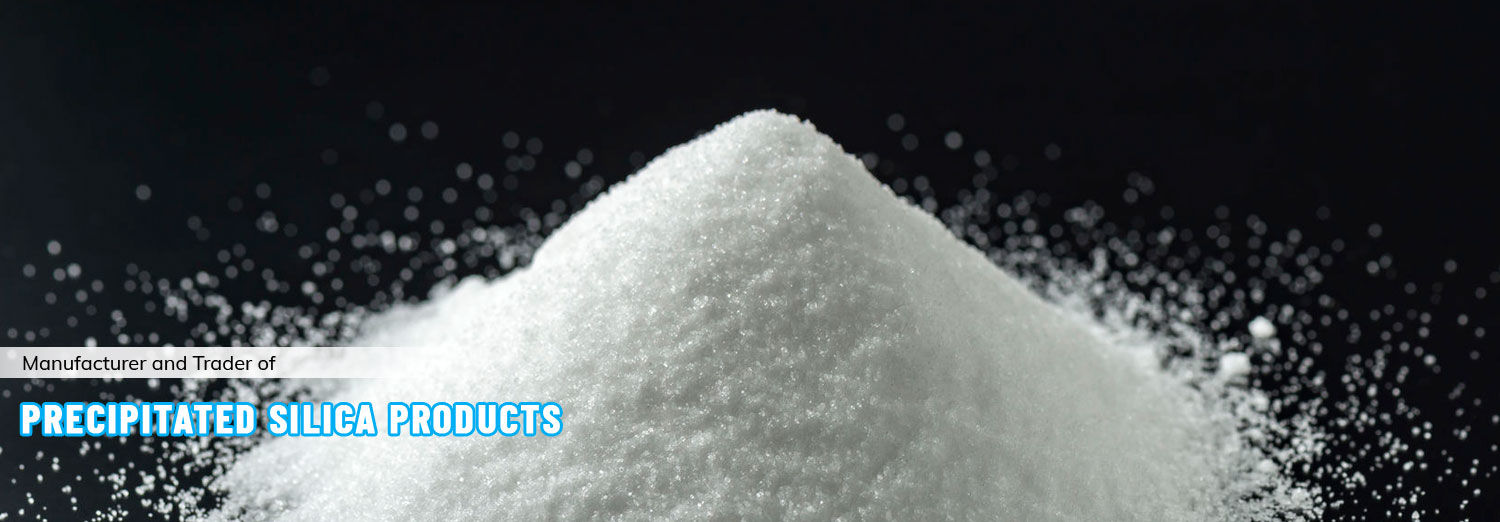
Potassium Silicate Glass Lumps
उत्पाद विवरण:
- स्ट्रक्चरल फॉर्मूला [K2O·nSiO2] (n = 1–4)
- घुलनशीलता Soluble in water, insoluble in organic solvents
- एप्लीकेशन
- आणविक भार 154.28 g/mol
- अपवर्तक दर 1.52 - 1.54
- स्वाद
- पीएच लेवल 11.5 - 12.7 (1% solution)
- Click to view more
पोटेशियम सिलिकेट ग्लास लंप्स मूल्य और मात्रा
- किलोग्राम/किलोग्राम
- आईएनआर
- 500
पोटेशियम सिलिकेट ग्लास लंप्स उत्पाद की विशेषताएं
- [K2O·nSiO2] (n = 1–4)
- Soluble in water, insoluble in organic solvents
- 154.28 g/mol
- 1.52 - 1.54
- 11.5 - 12.7 (1% solution)
- 215-199-1
- Highly alkaline, hygroscopic, soluble in water, amorphous structure
- Mix with water for solution, direct addition in formulation
- >1000°C
- 1312-76-1
- Colorless to slightly grey glassy lumps
- Typically 98%+
- Potassium Oxide (K2O), Silicon Dioxide (SiO2)
- Inorganic Chemical Compound
- Up to 2 years when properly sealed
- ग्राम प्रति घन सेंटीमीटर (g/cm3)
- K2SiO3
- Technical / Industrial Grade
- 28399090
पोटेशियम सिलिकेट ग्लास लंप्स व्यापार सूचना
- कैश इन एडवांस (CID), चेक, कैश एडवांस (CA)
- 1 हफ़्ता
- एक निश्चित मूल्य सीमा के भीतर, मुफ्त नमूने उपलब्ध हैं
- ऑस्ट्रेलिया, पूर्वी यूरोप, मिडल ईस्ट, एशिया, अफ्रीका
- ऑल इंडिया
उत्पाद विवरण
Potassium Silicate Glass Lumps are precisely made under the supervision of skilled workers making use of cutting edge technology. They utilize premium quality materials sourced from authentic and trusted vendor of the market. Apart from this, they are known for their features such as precise pH value, colorless, odorless, precise composition, etc. These productsare also tested by our quality analyst to ensure they are free from defects.
Potassium Silicate Glass LumpsSpecifications:
|
Product Group |
Properties |
Range |
|
Potassium Silicate solid Glass |
Wt. Ratio Of K2O: SiO2 |
1:1.80 To 2.50 |
|
Total Soluble Solids |
99% Min |
|
|
K2O |
28 To 35% |
|
|
SIO2 |
63 To 71% |
Potassium Silicate Glass Lumps (STANDARD Grades):
|
Grades |
Wt. Ratio (K2O : SiO2) |
K2O % |
SiO2 % |
Appearance |
|
Potsil G 1 |
1: 2.00 +/- 0.10 |
33 - 34 |
66 68 |
Light Blue Glass |
|
Potsil G 2 |
1: 2.10 +/- 0.10 |
31 - 32 |
67 69 |
Light Blue Glass |
|
Potsil G 3 |
1: 2.50 +/- 0.10 |
27- 29 |
68 70 |
Light Blue Glass |
Potassium Silicate Glass FAQ:
Q. What is potassium silicate glass?
Q. How is potassium silicate glass produced?
Q. What are the key properties of potassium silicate glass?
Q. What are the applications of potassium silicate glass?
Q. Is potassium silicate glass environmentally friendly?
Q. How does potassium silicate glass differ from other types of glass?
Q. Can potassium silicate glass be recycled?
Q. What safety precautions should be taken when working with potassium silicate glass?
Versatile Industrial Applications
Potassium Silicate Glass Lumps are widely used across industrial sectors due to their compatibility with a broad range of inorganic binders and refractory materials. Their effectiveness in high-temperature and demanding chemical environments makes them a preferred choice for manufacturing, construction, and insulation processes. These lumps can also be supplied as granules based on customer requirements, enhancing application flexibility.
Safe Storage and Handling
Though non-hazardous for transport, Potassium Silicate Glass Lumps are classified as irritants and require careful handling. Use gloves and eye protection to minimize the risk of skin or eye contact. Store the product in cool, dry conditions within HDPE bags featuring secure inner liners to prevent contamination and preserve material integrity during transport and storage.
FAQs of Potassium Silicate Glass Lumps:
Q: What precautions should be taken when handling Potassium Silicate Glass Lumps?
A: Potassium Silicate Glass Lumps are classified as irritants, which means you must avoid direct contact with your skin or eyes. Always wear gloves and protective eyewear when handling the product, and follow standard industrial hygiene practices.Q: How are Potassium Silicate Glass Lumps typically packed and shipped?
A: The lumps are packed in HDPE bags with a protective inner liner, usually in 25 kg units or bulk packaging. They are considered non-hazardous for transportation under ordinary conditions, ensuring safe shipment.Q: Where can Potassium Silicate Glass Lumps be used?
A: These glass lumps are suitable for applications involving inorganic binders, refractory materials, and high-temperature industrial settings. Their compatibility makes them valuable in manufacturing, construction, and insulation industries.Q: What is the process for converting Potassium Silicate Glass Lumps to granules?
A: Potassium Silicate Glass Lumps can be ground into granules based on user requirements. Please specify your preferred particle size during ordering to ensure it meets your application needs.Q: How does the high pH of Potassium Silicate Glass Lumps affect their usage?
A: With a pH of around 12 in a 10% solution, Potassium Silicate Glass Lumps are highly alkaline. This makes them effective for certain industrial and chemical applications, though caution is needed to prevent irritation during handling.Q: What are the main benefits of using Potassium Silicate Glass Lumps?
A: The lumps offer thermal stability, compatibility with many inorganic materials, and adaptability in form (lumps or granules), making them advantageous for industries requiring durable, high-performance binding agents.
Price: Â
- 50
- 100
- 200
- 250
- 500
- 1000+






